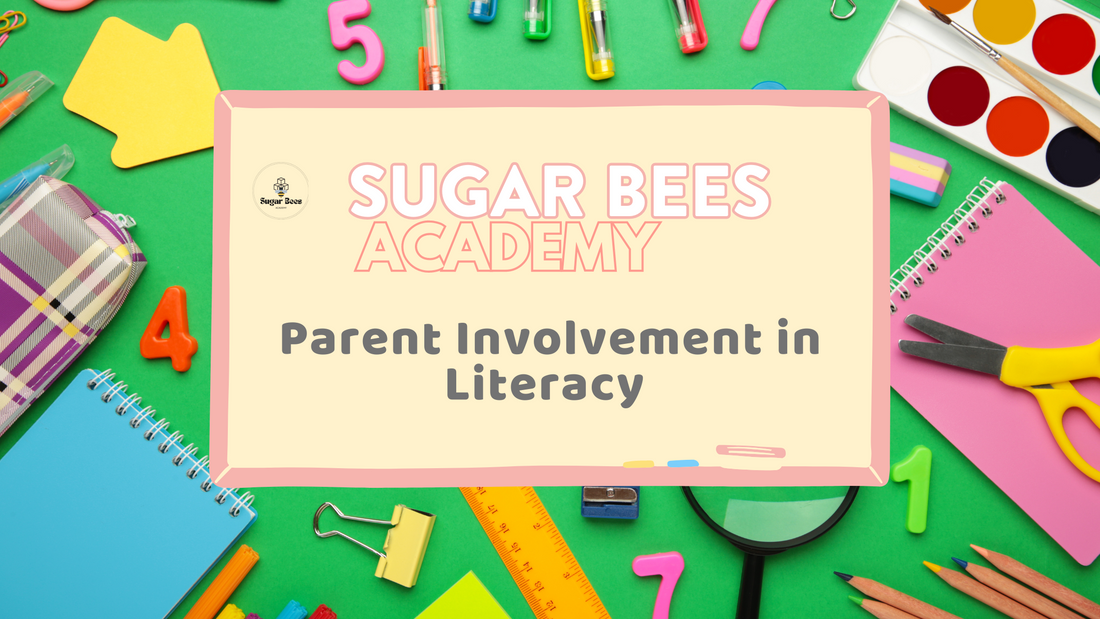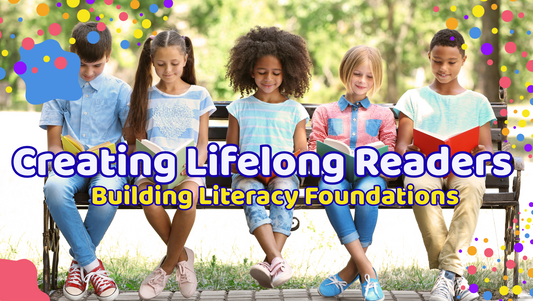
Parental Involvement in Literacy: Tips and Strategies from Sugarbees Academy
Share
At Sugarbees Academy, we believe that parental involvement is crucial for a child's literacy development. When parents actively participate in their child's reading journey, it not only enhances their skills but also fosters a lifelong love for reading. Here, we share practical tips and strategies to help parents support their children's literacy at home.
The Importance of Parental Involvement
Research shows that children whose parents are actively involved in their education are more likely to succeed academically. Parental involvement in literacy:
- Encourages regular reading habits
- Enhances comprehension and vocabulary
- Builds confidence and motivation
- Strengthens the parent-child bond
Tips and Strategies for Parental Involvement
1. Create a Reading-Friendly Environment
A comfortable and inviting reading space can make a big difference in encouraging your child to read.
- Designate a Reading Area: Create a cozy corner with good lighting, comfortable seating, and a variety of books.
- Limit Distractions: Ensure the reading area is free from distractions like TV and loud noises.
- Stock a Diverse Library: Include books of various genres and levels to cater to your child's interests and abilities.
2. Establish a Reading Routine
Consistency is key to developing strong reading habits.
- Set a Reading Schedule: Designate specific times for reading each day, such as before bedtime or after school.
- Model Reading Behavior: Let your child see you reading. This sets a positive example and reinforces the importance of reading.
- Make It Interactive: Discuss the books you read together, ask questions, and encourage your child to express their thoughts.
3. Read Aloud Together
Reading aloud has numerous benefits, including improving listening skills and building vocabulary.
- Choose Engaging Books: Select books that are appropriate for your child’s age and interests.
- Use Expression: Read with enthusiasm, using different voices and expressions to bring the story to life.
- Encourage Participation: Let your child take turns reading aloud or acting out parts of the story.
4. Incorporate Reading into Daily Activities
Integrating reading into everyday activities makes it a natural part of your child’s life.
- Grocery Lists and Recipes: Involve your child in reading shopping lists and recipes.
- Signage and Instructions: Encourage your child to read signs, labels, and instructions during outings.
- Storytelling: Share stories about your day or ask your child to create their own stories based on daily events.
5. Use Technology Wisely
Technology can be a valuable tool for enhancing literacy if used appropriately.
- Educational Apps: Utilize apps that offer interactive reading exercises and games.
- E-Books and Audiobooks: Provide access to digital books and audiobooks to diversify reading materials.
- Online Resources: Explore websites that offer reading activities, printable worksheets, and book recommendations.
6. Foster a Love for Books
Encouraging a passion for books will make reading a lifelong habit.
- Visit Libraries and Bookstores: Regular trips to libraries and bookstores can be exciting and inspiring for children.
- Join Book Clubs: Participate in book clubs or reading groups to create a sense of community and shared interest.
- Celebrate Reading Milestones: Recognize and celebrate your child’s reading achievements, no matter how small.
Conclusion
Parental involvement is a powerful tool in fostering literacy and a love for reading. By creating a supportive reading environment, establishing routines, and using interactive methods, parents can make a lasting impact on their child's literacy development. At Sugarbees Academy, we encourage all parents to take an active role in their child’s reading journey.
For more tips and resources, visit Sugarbees Academy and join our community in nurturing young readers.



